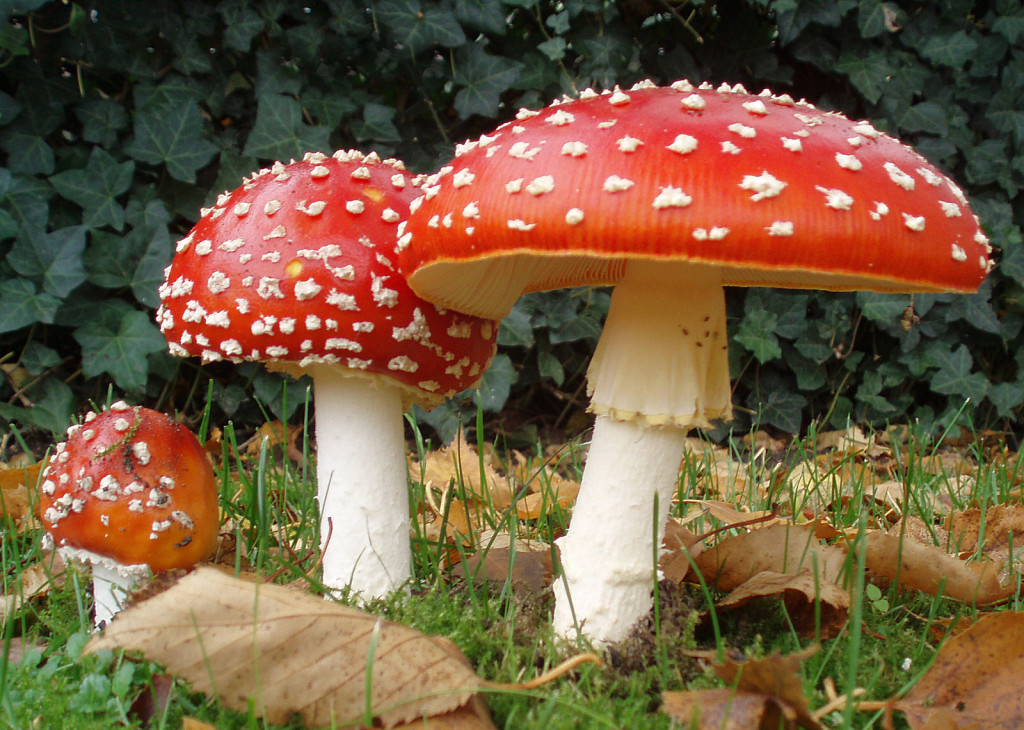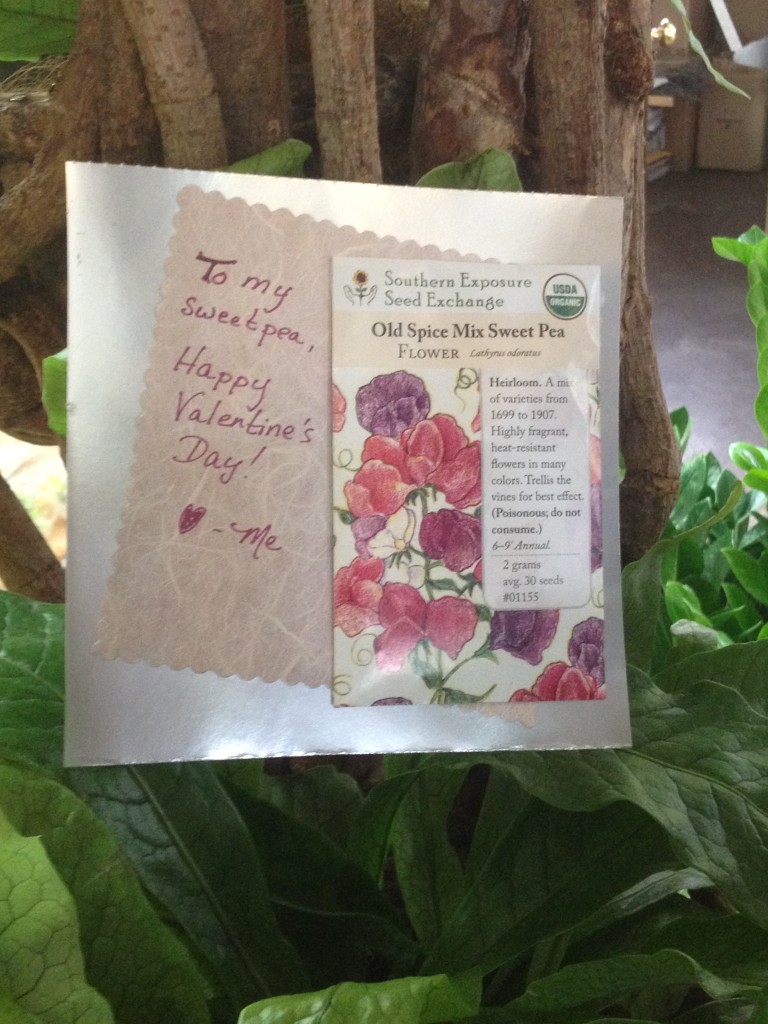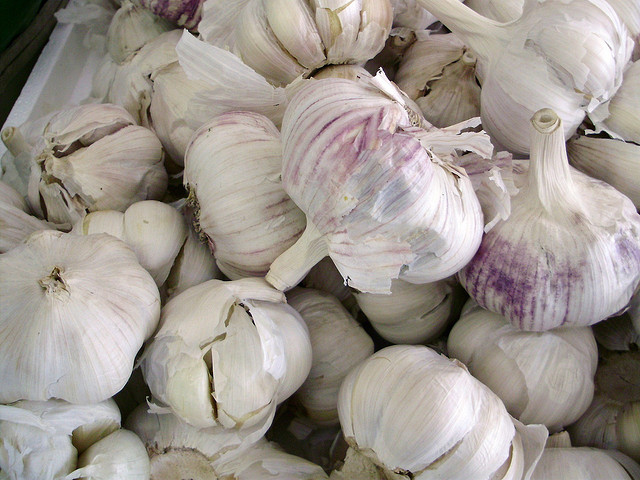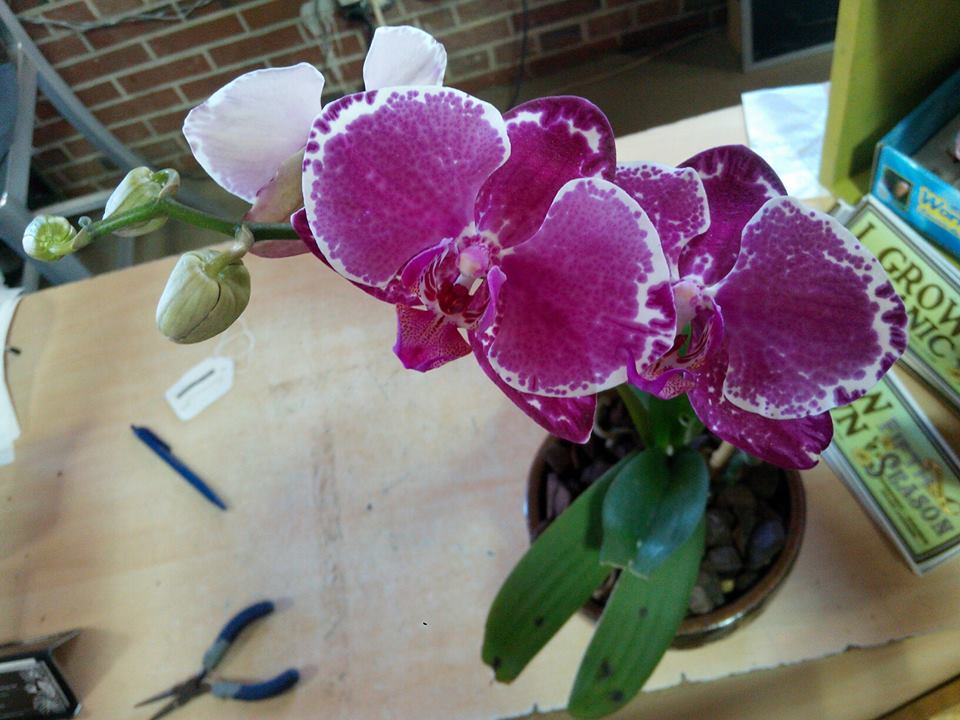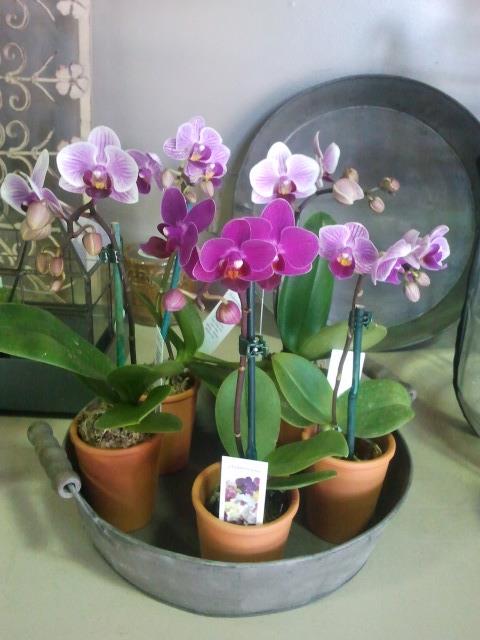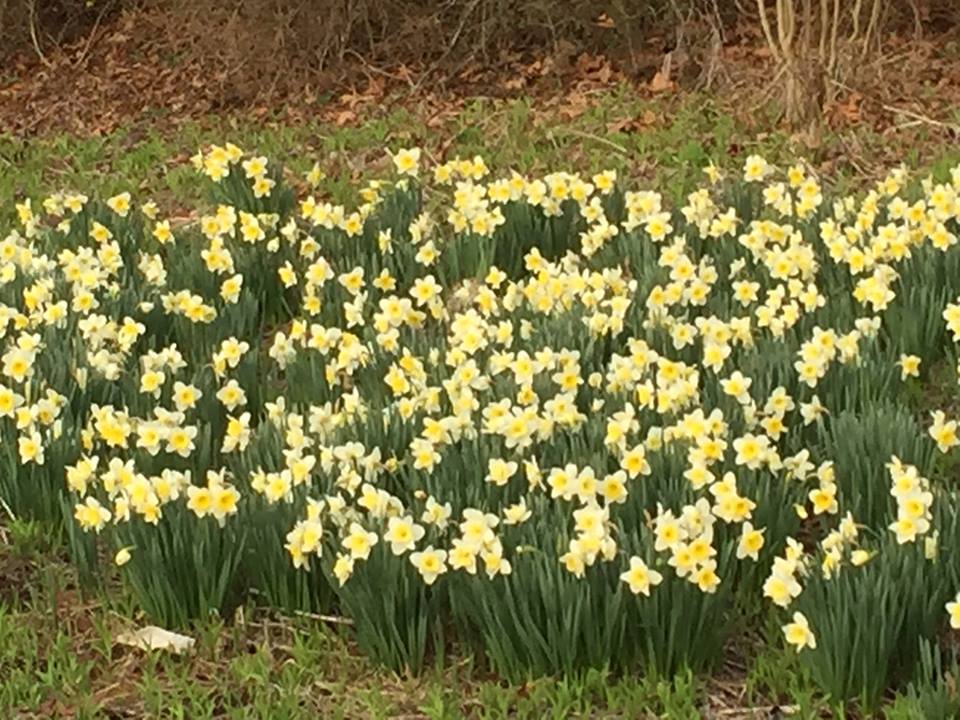Just like humans, plants have a social network, or web, that they use to communicate with each other. There is literally a fungal internet in which information-carrying chemicals travel through the network to other plants. The information sent is used to help the other plants connected to the network cope with insect attacks, pathogens, and drought stress. The source of this underground network of communication is mycorrhizal fungi. Mycorrhizae is a thread-like fungus that grows … [Read more...] about The Fungal Internet: Mycorrhizal Fungi & More
gardening
UV Light to Boost your Plants
One of the benefits of indoor growing is that you can replicate optimal growing conditions to get the results you are looking for from your crop. With the help of horticultural bulbs, you can mimic the seasons from Spring to Fall to match the light spectrum your plant is needing. One part of indoor lighting that is often overlooked in Ultra Violet light. UV-A and UV-B are exceptionally beneficial to Aromatic herbs which make of 30% of all plant species. These plants naturally possess a … [Read more...] about UV Light to Boost your Plants
Sow the seeds of love this Valentine’s Day
Valentine's Day. A day many of us associate with cut flowers and boxes of waxy chocolates. Nothing says, "You're special to me" like cut flowers and waxy chocolates, right? This year, why not show friends, teachers, and loved ones that they really ARE special by giving them the gift of good food, beautiful surroundings, and the life-affirming benefits of gardening. Okay, so maybe I am being a bit dramatic, but for anyone who has held in their hands a little paper envelope of seeds--that … [Read more...] about Sow the seeds of love this Valentine’s Day
February Garden To Dos
You may not think there’s much to do in the garden at this time of the year, but there is. The preparations you do now will pay off in the form of a healthier garden with less work during the growing season. Here’s some things you can do to get ready (besides starting seeds!). WORK ON YOUR HARDSCAPE & STRUCTURES This is a great time of year to work on your hardscape elements such as repairing raised beds, building rock walls, putting up trellises, etc. Typically, garden structures … [Read more...] about February Garden To Dos
A Short Primer on Water Source Quality
Water is one of the most important building blocks of life, but we have to face the fact that not all water is created equal. This is especially true when it comes to your indoor garden, and even more so in your hydroponic garden. Liquid fertilizers contain mineral salts and dissolved solids designed to feed your plants a balanced diet; however, as discussed in previous blog posts (https://fifthseasongardening.com/?s=flushing), excess salts in the water can negatively impact your plants and … [Read more...] about A Short Primer on Water Source Quality
It’s Garlic Time Again
It’s that time of the year when we garlic lovers need to be thinking about starting our next garlic crop. For those of us in the upper Southeast part of the country, the best planting time will be in November. Why November? Because for the cloves to develop nicely, they need a temperature between 32 degrees and 50 degrees fahrenheit. November tends to offer those kind of temperatures here in the southeast, but you can stretch this timing in either direction a bit. Later is better than earlier if … [Read more...] about It’s Garlic Time Again
Orchids: Basic Care and Such
Orchids tend to elicit a strong emotion from people: most of us love looking at them, but too many folks cringe at the thought of caring for them. Honestly, their care is way easier than most people think, as they have evolved to need a fair amount of benign neglect. Those that tend to kill them most handily, ironically, tend to over care for their plants. In my opinion, it is better to primarily focus on the basic soil, light, and nutrient needs. While it is the easiest way to kill an orchid, … [Read more...] about Orchids: Basic Care and Such
Houseplant Care Series Pt. 6: Common Houseplant Pests
With houseplants, most pest problems stem from a separate issue: water, light, relative environment, and/or nutrients. Healthy plants are much more capable of resisting pests than plants under environmental stresses. So a good start to combat pests is to provide favorable conditions to start with, but there are also some methods to handle outbreaks after they happen. By taking preventative measures and considering environmental conditions, problems can be avoided before they manifest. While … [Read more...] about Houseplant Care Series Pt. 6: Common Houseplant Pests
Houseplant Care Series Pt. 5: Additives
When most people think about feeding their houseplants, they only consider the three numbers on plant food labels: nitrogen, phosphorous, and potassium. There are a few other items, however, that can greatly improve the health and beauty of houseplants. These additives are used in conjunction with other nutrients. Three favorites that are frequently recommended at Fifth Season are kelp, silica, and neem. The first additive, kelp, is a wondrous addition to any feeding regimen, as it helps to … [Read more...] about Houseplant Care Series Pt. 5: Additives
Phenology: Gardening by Nature’s Indicators
Maybe you've heard the saying "plant corn when the oak leaves are as big as squirrels' ears," or "sow Morning Glories when Maple trees have full sized leaves." These are known as Phenological signs. Phenology is the study of periodic plant and animal life cycles and how these influence, and are influenced by, variations in climate and seasonal changes. These changes can act as indicators of when to sow a certain seed, when you can expect a certain insect species to hatch, or when it's time to … [Read more...] about Phenology: Gardening by Nature’s Indicators
